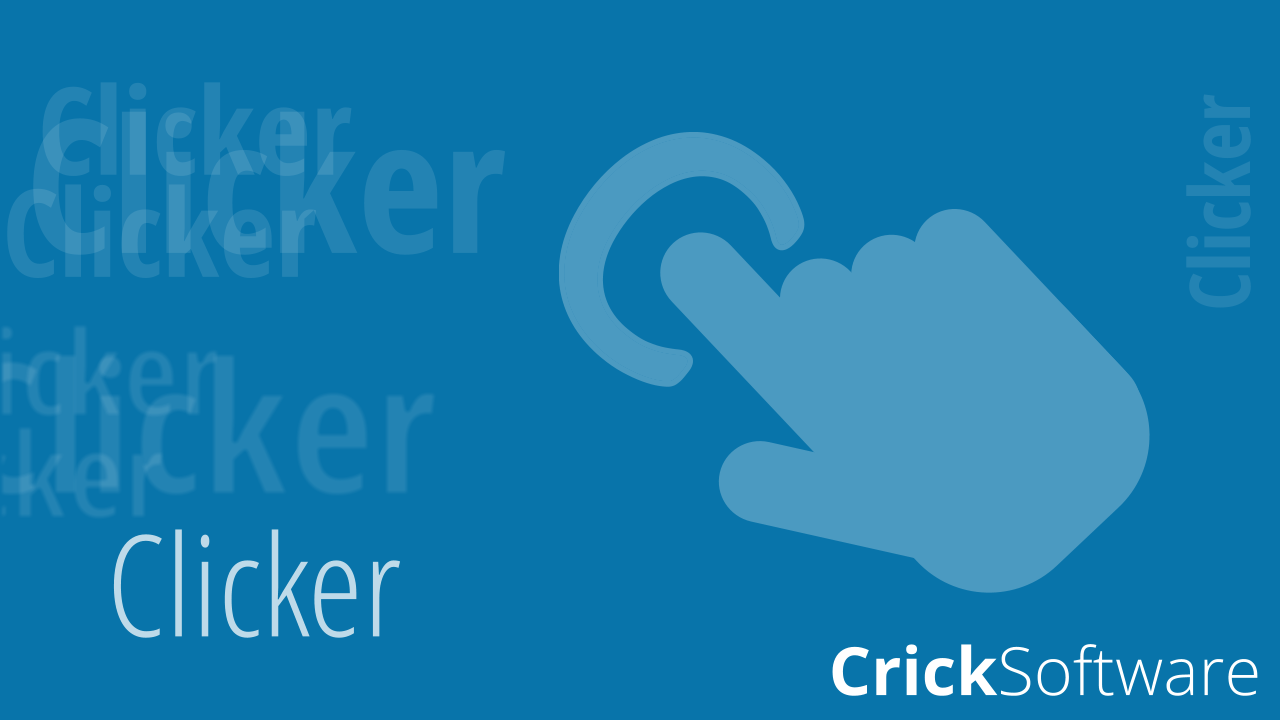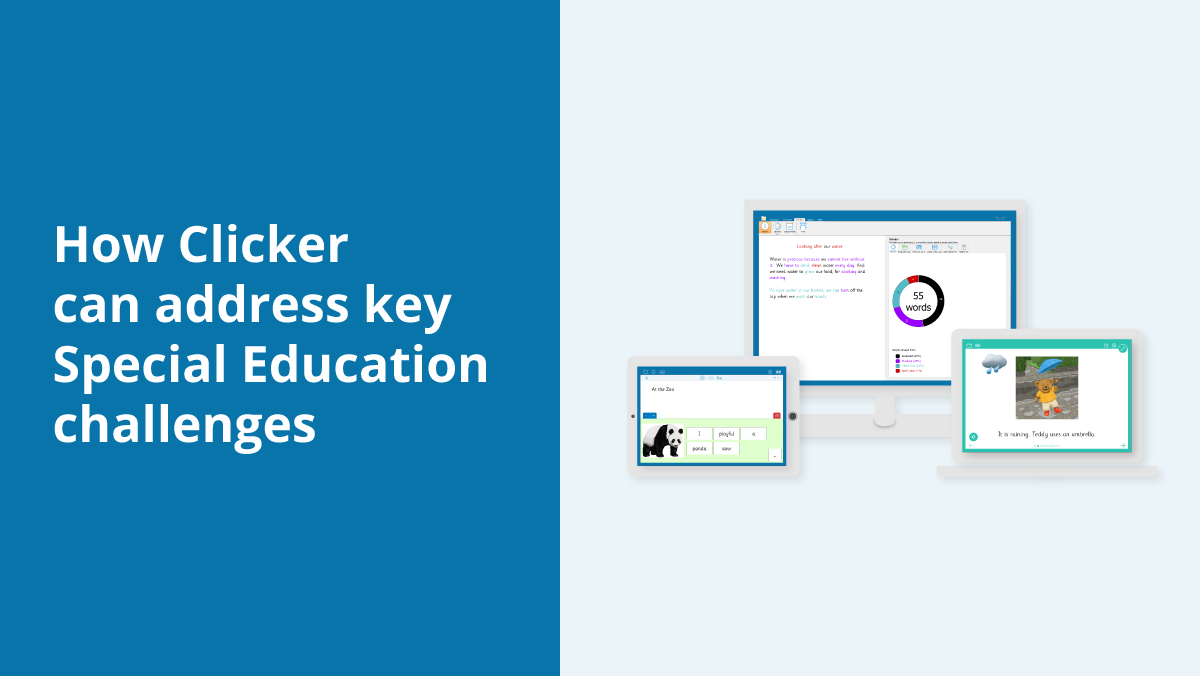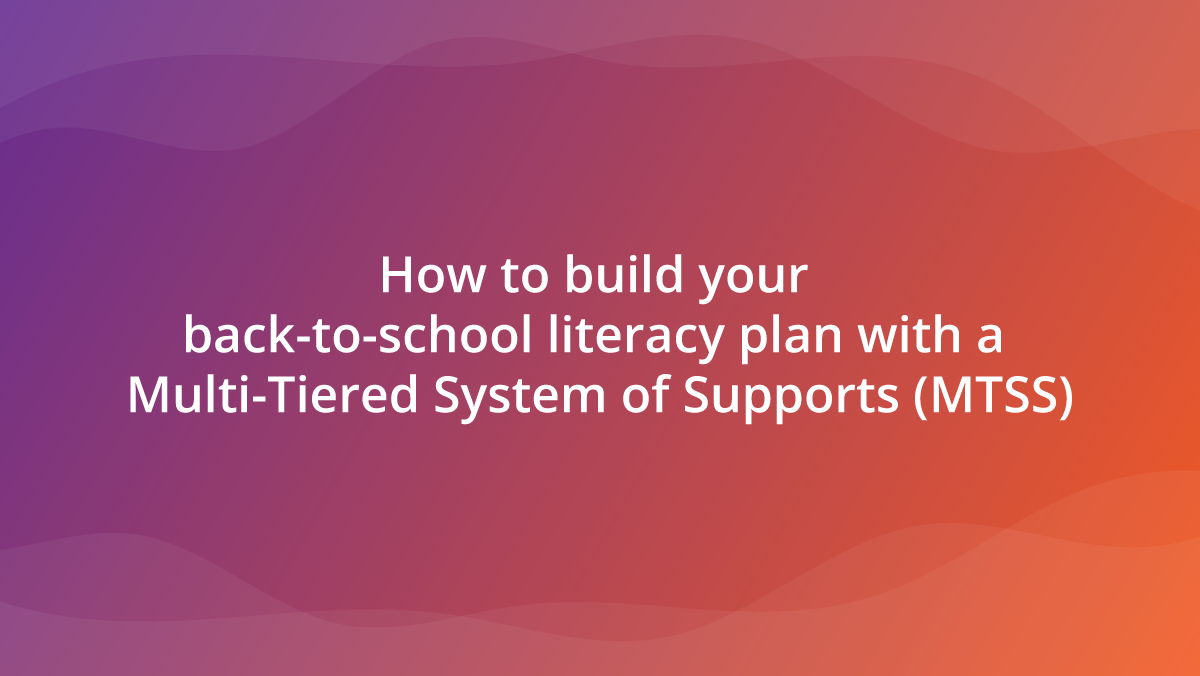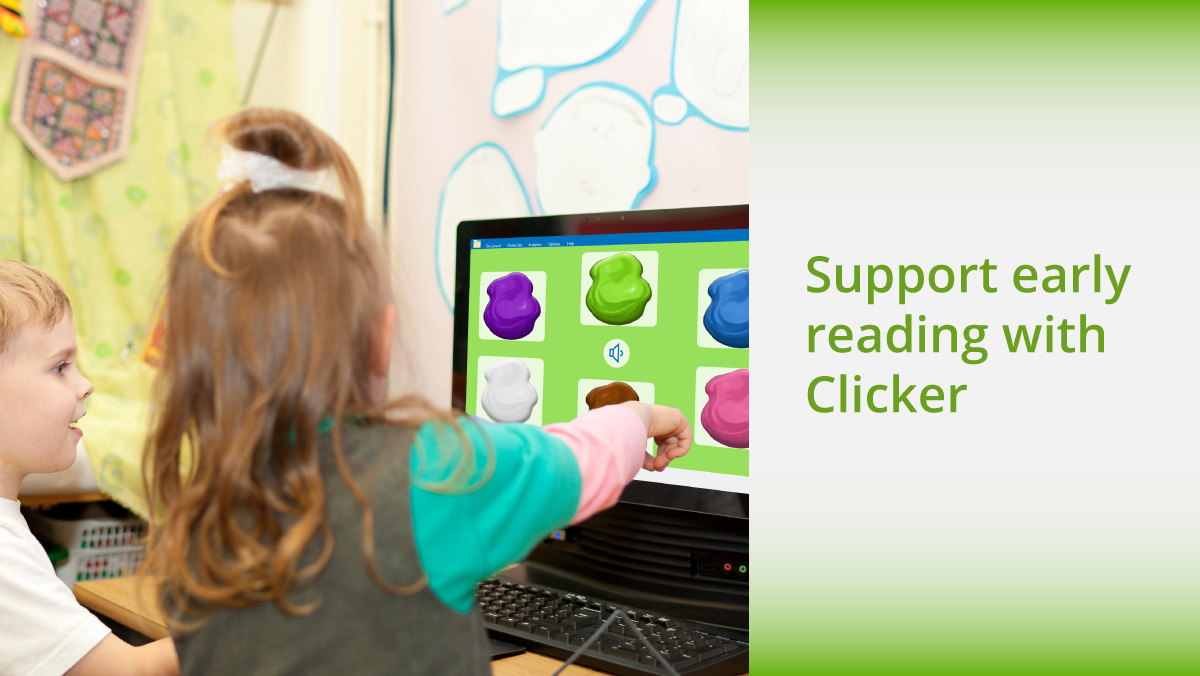With school budgets often stretched thin, finding the funding to purchase special education software can be challenging. But grants can make it possible—if you know where to look.
Here are some ideas for how to find (and secure) grant funding to support the purchase of special education software for your school or classroom.
IDEA
If you’re a special education teacher or coordinator in the U.S., then you’re already very familiar with the Individuals with Disabilities Education Act (IDEA), which ensures a high-quality education for children with disabilities.
IDEA, Part B, governs how states and school systems must provide special education services for children and youth ages 3-21, and is the largest source of federal funding for programs serving students with disabilities. States receive IDEA money from the federal government and distribute it to local school systems.
If you’re a teacher, principal, or another building-level educator, ask your school district’s special education coordinator or federal programs administrator how IDEA funding is allocated in your district—and what your district’s process is for requesting purchases with this money.
Title IV, Part A
The Every Student Succeeds Act (ESSA) created a new federal program called Title IV, Part A: Student Support and Academic Enrichment Grants (SSAE), and Congress increased the budget for this program from $400 million to $1.1 billion earlier this year.
The program targets three areas in particular: (1) providing all students with access to a well-rounded education; (2) fostering safe and healthy school environments; and (3) improving the use of technology to support high-quality learning experiences. States distribute the funding to local school systems either by formula or through a competitive grant application.
Grants to school systems must total at least $10,000, and districts that receive $30,000 or more have to meet certain requirements. Talk with your superintendent or federal programs administrator to learn how your district plans to use SSAE grant funding—and whether your purchase of special education software can be supported.
Online grant seeking
Grant programs from corporate and private foundations that support education can be found online fairly easily.
There are many websites that maintain a list of current grant opportunities for schools. Some websites offer access to this information free of charge; others require you to register, or they provide only limited details about grant opportunities unless you pay for premium access.
For instance, GetEdFunding has a search engine to narrow your search to grants for special education programs. Additionally, GrantWatch has compiled dozens of grant opportunities that target special education in particular.
Registering on GrantWatch gives you free access to archived grant listings and partial information about current grant opportunities, although you can do a little digging for yourself online to learn the relevant details. Full membership to the site, which costs $199 for one year, gives you all the information you need to apply for the grants.
Tips for success
When applying for a grant, here are some strategies that can increase your chances of success.
Pay attention to grant guidelines. The guidelines exist for a reason. Don’t waste your time—or the reviewers'—by applying for a grant you don’t qualify for. Pay close attention to who is eligible for funding, what types of projects are appropriate, and what the funder’s priorities are. Make sure these align with your own project or intent.
Explain how the grant will improve student learning. Funders want to know how the software you intend to purchase will support better student outcomes. In other words: Who will benefit—and how? This is really the bottom line for any grant proposal. If you can’t show how your request will improve teaching and learning, then your proposal won’t stand a chance.
Write clearly and succinctly. Use an active voice, and avoid using jargon or big words. Many people who write grant proposals write so densely that the reader has to struggle to understand the proposal. As soon as that happens, you’ve lost the reader’s attention—and most likely the grant as well. Don’t fall into the trap of using the stiff, official-sounding language that we tend to use when we’re trying to impress someone or want to sound like an authority. A simple, conversational style, written in an active voice, will bring your proposal to life.
Don’t forget to proofread. Proposals that contain spelling mistakes or poor grammar will be read—but what kind of message does this send to the reviewer? If you can, give your proposal to someone from outside the field of education to read before you submit it. This will help you determine whether your proposal makes sense or if you should rewrite parts of it to make your proposal clearer.
Next steps
Securing grants for special education purchases can be a challenging, time-consuming task but they are available if you know how to find them. They can come from the government, online programs, private grant programs, community fundraising and more. With the right strategy, you can turn these grant opportunities into grant wins to help boost your special education instruction.
Interested in learning more about how to earn the grants you need to purchase Crick solutions? Have more questions about the grant process? Reach out to us at USinfo@cricksoft.com and we would be happy to help!





